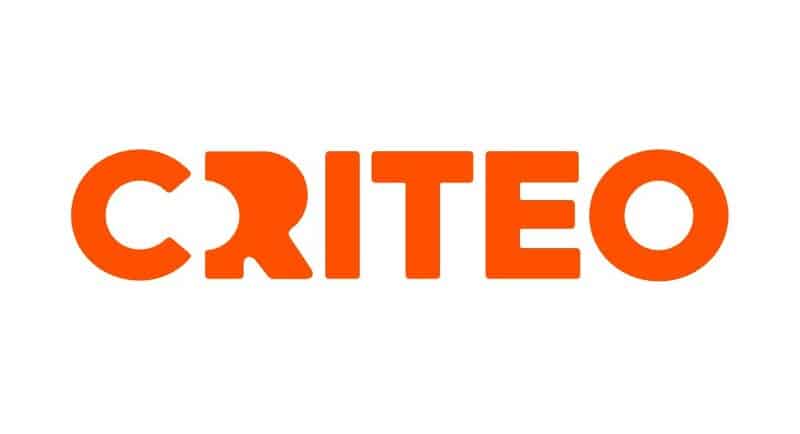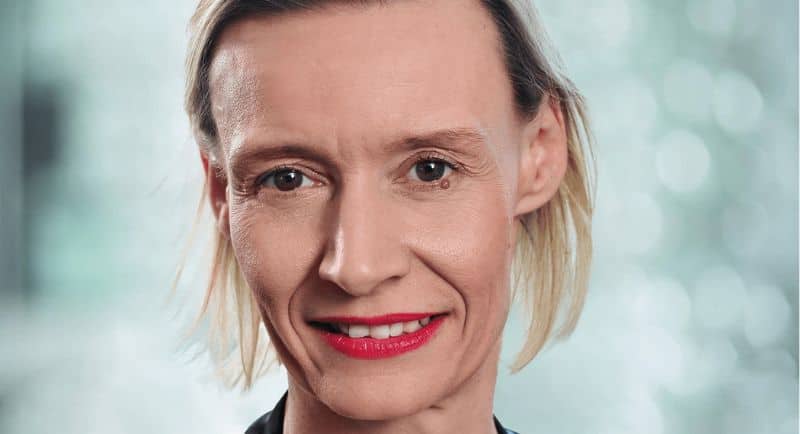Manuela Montagnana has been the chief people officer for Criteo for over a year.
With over 20 years of experience in leading global teams, she understands the importance of putting a spotlight on diversity, equity, and inclusion (DEI) within a company, particularly in marketing and advertising.
Montagnana spoke to Mediaweek about the importance of diversity, intertwining women’s voices in the advertising and creative space, how C-level executives should approach diversity and how the industry can bring the voice of women to the forefront.
As chief people officer, Montagnana is responsible for ensuring the commerce media platform cultivates equitable, transparent, and inclusive processes and practices for the Criteo team.
“I also play a key role in driving forward our strategy and execution for attracting, engaging, developing and retaining top talent to ensure that Criteo remains an employer of choice now and in the future,” she added.
The importance of diversity in a creative space
Diversity, equity, and inclusion have grown in importance in the industry and can often be a deciding factor for audiences, companies, and individuals.
Montagnana explained that diversity is the key to connecting with audiences and not just about ticking a “diversity box” but about supporting a companywide ecosystem in which teams are aligned with the values of the partners they engage with.
“Not only this, marketers and brands must integrate an assortment of perspectives when working on a problem so they can eventually generate and sculpt a robust, innovative solution for the end user – diversity fosters innovation,” she said.
Montagnana noted that elevating the voices and visibility of people that are generally under-represented is incredibly important in the advertising and creativity space.
“There is a significant benefit to reflect the diversity of the populations and the markets we engage in, and through this, our industry has opportunities to become more creative and reflective of society in general. Therefore, advertisements can become far more engaging and innovative in how it cuts through to its consumers,” she said.
Montagnana said that as divergent perspectives and representation is integrated into a problem space, over time, it can sculpt creative solutions that have a robust and seamless engagement for the end-user.
However, she pointed out that there can be a challenge of accountability when it comes to driving and maintaining improvement in this area, and everyone has a part to play.
Montagnana said that at Criteo, they are making a conscious effort to use more inclusive language with our tools.
“Keyword and publisher exclusion lists are a constant battle, and we make a continued effort to review and update each time a significant news event occurs.”
Representation of women in the Australian industry and how C-level executives should approach diversity
Montagnana referred to encouraging data by IAB Australia’s Industry Talent Report that found that there has been an encouraging increase of women in senior leadership commercial management roles at 35%, up from 26% in 2021.
However, she pointed out: “There is still much to do.”
Montagnana also recent industry census by the Advertising Council Australia (ACA) that found a high number of women in junior levels (70%) with women over the age of 45 make up only around 15%.
Reflecting on the data, she said: “These results could be due to an unclear career path or lack of leadership positions being available and of course taking time out for family.
“What this leads to is a lack of experienced female leaders for young talent to learn from and look up to and it also contributes to the gender pay gap.
“The same study also found that while the industry is female dominated (58%), less than half (44%) of those in creative and design roles are women.
C-level executives play a strong and vital role in driving allyship across their organisation and also externally across their networks and partnerships, Montagnana noted.
“What this means is finding opportunities to mentor and support women in their careers, seeking out opportunities to sponsor talented women and advocating for equity and access to opportunities,” she explained.
“For example, the c-suite at Criteo has the experience and the presence to make sure the topic of equity for women is a clear priority for the business and across the industry, and without their influence, the progress businesses need cannot be truly fulfilled,” she added.

How Criteo is responding to the call to improve diversity and representation of women’s voices
Montagnana shared that Criteo has a strong commitment towards gender parity which is a multi-faceted approach that strengthens the diversity and representation of women through and beyond the industry.
“In March 2021, we were able to make a global declaration of full pay parity for all, and we continue to monitor with a clear commitment to sustain equal pay throughout our hiring, annual merit, and promotion cycles,” she said,
Criteo has invested in talent and mentorship programs, which include specific programs to encourage focused attraction and retention of women in tech career paths, to ensure that they are enabling diverse representation of talent for the industry.
Montagnana noted that Criteo also has an active Women’s employee resource group with over 500 members and is sponsored by the CFO, Sarah Glickman.
“It brings together topics, conversations and learning experiences that enable an open and curious culture to support the advancement of women in technology,” she said.
Montagnana also added that as working environments continue to evolve, Criteo offers employees a choice to work from home with the office space to foster collaboration, ideation, and the opportunity for teams to come together.
How the Australian industry can make improvements to diversity and representation
Looking at the Australian industry and what improvements can be made to the representation of women, Montagnana noted a number of changes that can be made.
Among them is to “build a more inclusive talent pool by providing more inclusive access and equitable opportunities to develop careers.”
Montagnana also suggested prioritising publishers that cater to diverse audiences so as to reflect society more accurately.
While these small changes can account big improvements to the female representation in the industry, Montagnana said: “Ultimately, the industry requires a mindset and behavioural change, to challenge some of the systemic structures that exist throughout the digital advertising ecosystem to move forward into a more inclusive future.”
